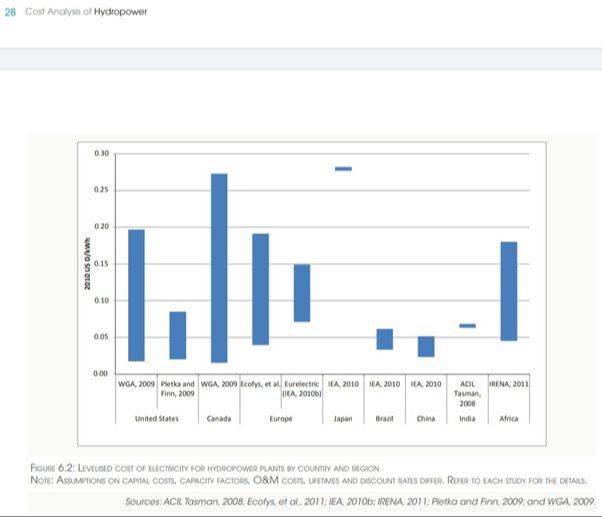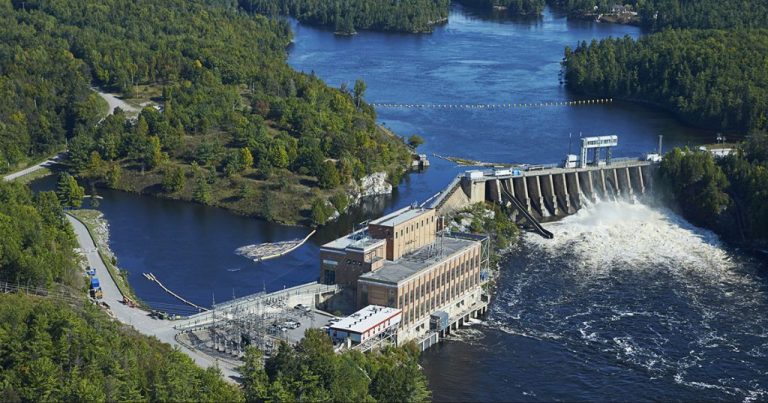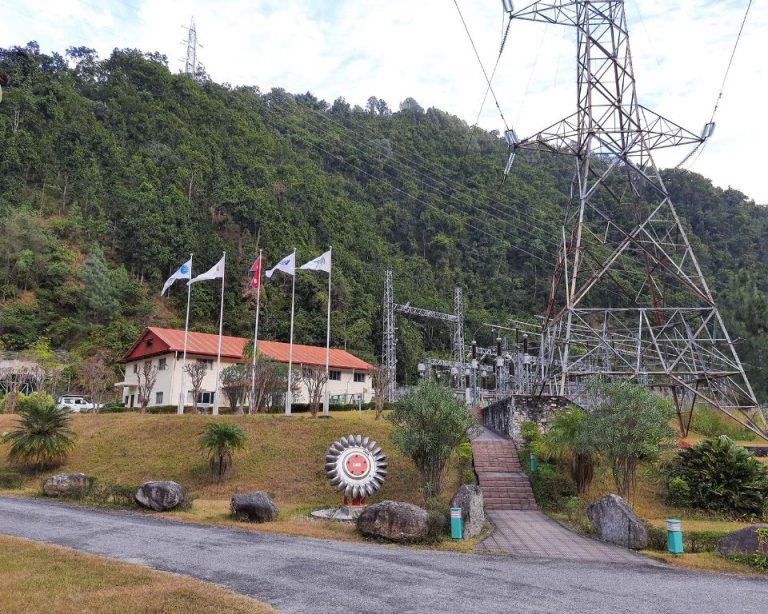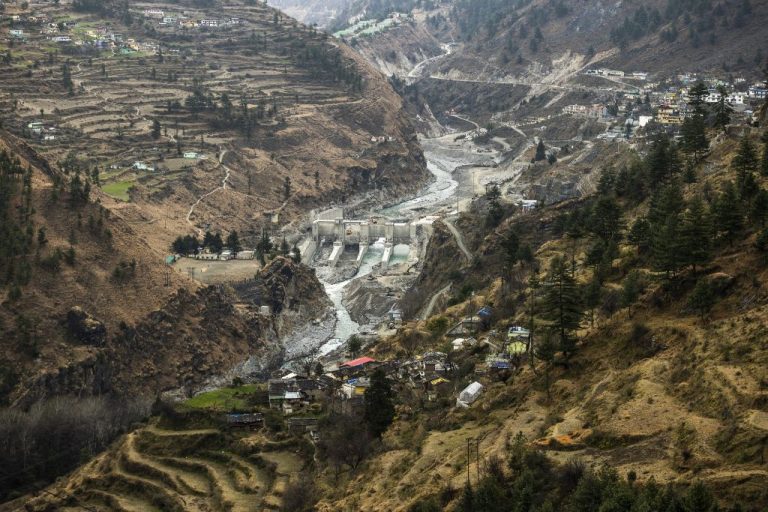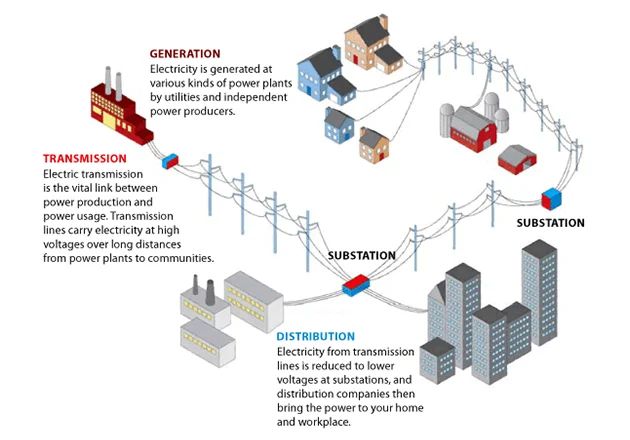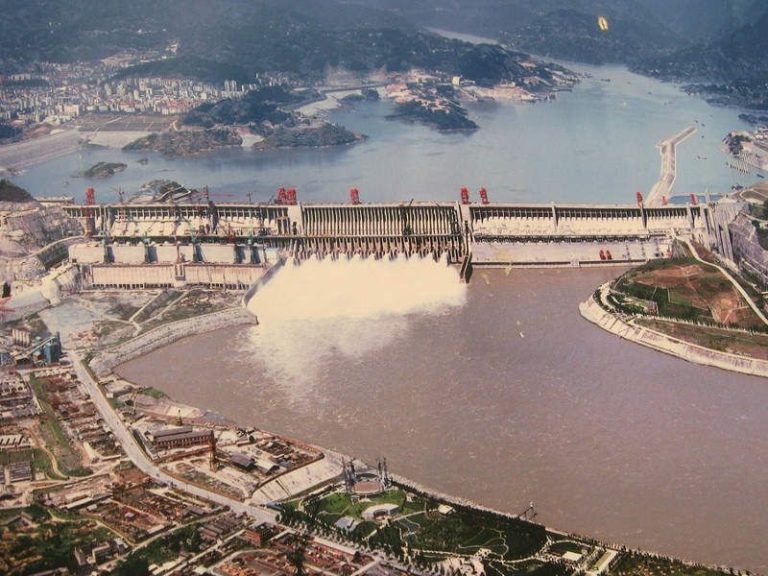Which Energy Transformations Occur In Both Dams And Nuclear Power Plants?
Both dams and nuclear power plants are designed to generate electricity on a large scale. While the methods they use are quite different, there are some commonalities in the energy transformations that take place within each facility.
At a high level, both dams and nuclear plants rely on converting one form of energy into another. The initial energy source – water or nuclear fuel – has potential energy that is unlocked and turned into kinetic energy. This kinetic energy runs turbines, which then spin generators to produce electricity.
So in both systems, there are energy changes happening, starting from potential energy and ending with electrical energy. This overview will walk through the specific energy transformations in more detail.
Potential Energy
Both dams and nuclear power plants utilize potential energy in the process of generating electricity. Dams rely on the potential energy stored in water held at a higher elevation behind the dam. When the water is allowed to flow down through the dam, it turns turbines to produce electricity. The higher the dam, the more potential energy is stored in the elevated water. The weight of the water and the height of the water behind the dam determines the amount of potential energy available.
For example, let’s imagine a 100 meter tall dam holding back a large reservoir of water. The gravitational potential energy of the elevated water can be calculated by multiplying the weight of the water by the height behind the dam. This stored energy is converted into kinetic energy and eventually into electrical energy when the water is allowed to flow down and spin the turbines.
So in summary, dams utilize the potential energy of water held at elevation, which is then turned into electricity when the water flows downwards.
Kinetic Energy
In hydroelectric dams, the potential energy of water held at a high elevation behind the dam is converted into kinetic energy as it falls through the dam. More specifically, as water flows into the intake and down the penstock tunnel leading to the turbines, gravity accelerates the water, increasing its speed and transferring the water’s potential energy into kinetic energy of motion. The moving water then turns the blades of the turbines, spinning them and converting the water’s kinetic energy into mechanical energy that can be used to run generators and produce electricity. The faster the water flows and the more its volume, the greater is its kinetic energy available for generating power in the hydroelectric plant. Dams maximize the water’s potential energy by using a large reservoir at high elevation, and design features like penstocks and large drop distances further increase the water’s speed and kinetic energy.
Mechanical Energy
Both dams and nuclear power plants utilize the transformation of kinetic energy into mechanical energy. In the case of hydroelectric dams, the kinetic energy comes from falling water. As water flows from the dam reservoir through the spillways and penstocks, it gains speed and kinetic energy. The fast-moving water then hits turbine blades, causing them to spin. This spinning motion is mechanical energy, which can then be used to turn generators and produce electricity.
The great force of the falling, fast-moving water is able to spin massive turbine shafts. The mechanical energy generated by the spinning turbines is an essential energy transformation that allows dams to create abundant electricity. Without converting the water’s kinetic energy into mechanical spinning of turbines, the generation of electricity would not be possible.
Electrical Energy
Both dams and nuclear power plants convert mechanical energy into electrical energy through the use of generators. In dams, the force of falling water from the reservoir turns turbines. These spinning turbines convert the mechanical energy of the moving water into rotational energy. The turbine shaft is connected to a generator, which contains magnets surrounded by coils of copper wire. As the shaft spins the magnets inside the generator, it causes the magnets to move past the coils of wire. This motion of the magnets near the coils induces a flow of electrons in the coils, generating an electric current. The current flows from the generator along transmission lines to bring electricity to homes and businesses.
Similarly in nuclear power plants, the heat released from nuclear fission reactions is used to boil water into steam. This high-pressure steam then spins a turbine, once again creating rotational mechanical energy. This turbine spins a generator in the same way as in dams, with the motion of magnets around copper coils producing an electric current. Whether from falling water or high-pressure steam, the spinning turbines allow both dams and nuclear plants to harness mechanical energy and convert it into usable electrical energy through generators.
Nuclear Energy
Nuclear power plants generate electricity through nuclear fission reactions. In nuclear fission, atoms of radioactive fuels like uranium or plutonium are split into smaller atoms, releasing a tremendous amount of energy in the form of heat. Inside the reactor of a nuclear power plant, the heat from these nuclear fission reactions is used to boil water into steam. The high-pressure steam then spins a turbine, which activates a generator to produce electricity.
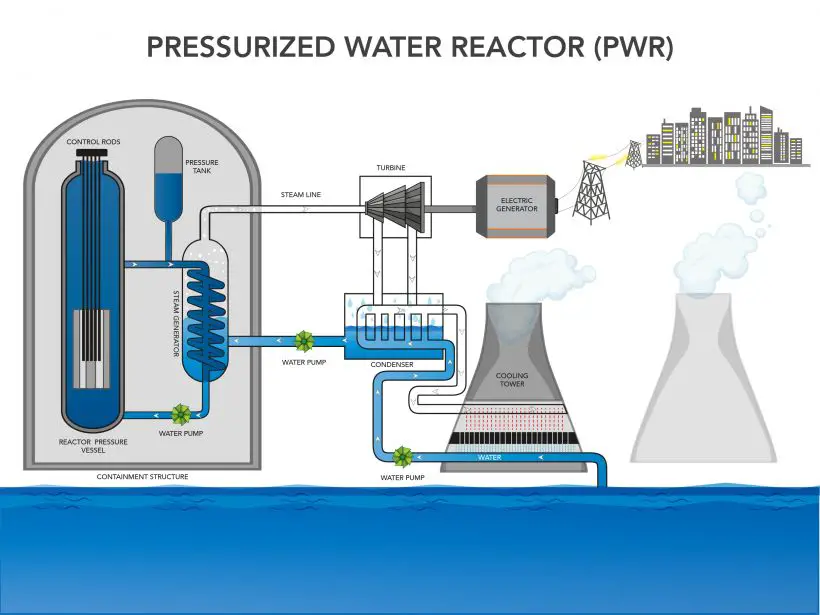
So in summary, nuclear power plants use the heat generated from nuclear fission reactions to convert water into steam, which drives a turbine-generator to produce electricity. The key energy transformations are from nuclear potential energy to thermal energy to mechanical energy and finally into electrical energy. Nuclear power plants efficiently harness the immense amount of energy released by splitting atoms, providing a stable and low carbon source of electricity generation.
Thermal Energy
Both dams and nuclear power plants utilize thermal energy as part of generating electricity. In nuclear power plants, thermal energy is produced from nuclear fission reactions. Fission reactions split uranium atoms, releasing a large amount of heat in the process. Inside a nuclear reactor, thousands of these fission reactions are occurring continuously, producing a significant amount of heat. This heat is used to boil water, turning it into steam. The high-pressure steam then spins a turbine, which turns a generator to produce electricity. So nuclear reactions provide the thermal energy to heat water for steam production. This allows nuclear power plants to generate electricity from the heat released in nuclear fission reactions.
Mechanical Energy
Both nuclear power plants and hydroelectric dams use mechanical energy produced by pressurized steam to generate electricity. In both facilities, the high-pressure steam is created by heating water which turns it into steam. This steam then spins a turbine which is connected to a generator to produce electricity.
In nuclear power plants, the heat used to create the steam comes from the nuclear fission reactions inside the reactor core. In dams, the water is pressurized by gravity as it falls from the reservoir behind the dam down through the penstocks which lead to the turbines. Despite the different heat sources, the high-velocity steam created spins the turbines in the same way.
As the steam rushes past the turbine blades, it transfers some of its kinetic energy into the rotation of the turbine shaft. This spinning turbine shaft is connected to magnets inside a generator which rotate past coils of wire to induce an electric current. In this way, both nuclear and hydro plants use the mechanical energy of steam-driven turbine rotation to ultimately generate electricity.
Electrical Energy
Both dams and nuclear power plants utilize turbines that spin electromagnets within electrical generators to produce electricity. The mechanical rotation of the turbine shaft causes the electromagnets inside the generator to spin around conductive wire coils. This motion of the magnets around the coils induces an electric current according to Faraday’s law of electromagnetic induction. The alternating current generated by the coils is then fed into transformers to increase the voltage before being sent to transmission lines that distribute the electricity across the grid. Essentially, the kinetic energy of the spinning turbine is converted into electrical energy within the generator through electromagnetic induction. This allows both dams and nuclear plants to efficiently produce large amounts of electric power from their turbines.
Conclusions
In summary, both dams and nuclear power plants utilize several types of energy transformations to generate electricity. The potential energy of water held behind the dam or the nuclear energy contained within uranium atoms is converted into kinetic energy as the water flows or the atoms split. This kinetic energy of motion is then converted into mechanical energy as it turns turbines. The turbines convert the mechanical rotation into electrical energy using electromagnets and copper wire coils. While the initial source of energy differs between dams (potential energy of the water) and nuclear plants (nuclear/atomic energy), both rely on transforming that into kinetic, mechanical, and finally electrical energy through the turbine generator system.
So in essence, both dams and nuclear plants take an initial form of stored energy, convert it into motion, then mechanical rotation, and finally into electricity for human use and consumption. The ability to harness these natural sources of energy and transform them into a usable form is key to generating the enormous amounts of electricity that modern human civilization requires.

